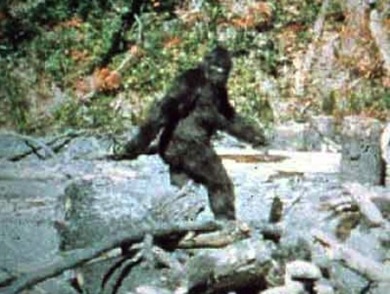 The forests and fields of West Haven, Vermont, come alive when the sun sets, and calling Whip-poor-wills take center stage amidst howling coyotes, hooting owls, and nocturnal rustlings of, well, who knows what?
The forests and fields of West Haven, Vermont, come alive when the sun sets, and calling Whip-poor-wills take center stage amidst howling coyotes, hooting owls, and nocturnal rustlings of, well, who knows what?
Maybe Bigfoot.
The Whip-poor-will is a nocturnal insectivore with an unmistakable call. At dawn and dusk, and throughout clear, moonlit nights in May and June, the relentless chanting (“Whip-poor-will! Whip-poor-will”) carries over mountains, across valleys, and through the walls of your home as you attempt sleep. Go ahead, ask me how I know.
Due to declines in “Whip” populations throughout Vermont, the species is now listed as threatened in the state. My task this summer, with the help of some valiant volunteers, is to conduct a rigorous survey in a region of the state known to be a hotspot for Whips—specifically, West Haven, Fair Haven, and the surrounding areas.
Sounds fairly simple, right? True, you can hear Whips just fine, but counting them based on what you hear is a different matter.
In a field in the middle of a moonlit night, surrounded by hills, many of which hide one precious Whip-poor-will calling his heart out, it sounds as if the males throw their voices in all directions. The calls echo and swirl around us as each male attempts to out-holler his competitors. And as we stand there, struggling to triangulate each individual male, I actually find my own enthusiasm for this particular bird waning.
Hours later, after reaching a consensus on how many birds are calling and from where, we begin our trek home as the dawn chorus begins. As we putter along the gravel road, something flies at my car. It’s a Whip-poor will! I’d heard plenty in my two weeks of the survey but never had the opportunity to see one clearly. After the all-out frontal assault on my vehicle, there he sits in the middle of the road, silently daring us to venture past. We needed to get home. The only way was past the Whip.
We creep closer. He stands his ground. Closer still. He flies a foot up the road and resumes the standoff. In an effort to pass we continue the slow creep, and I find myself in awe of this strange bird. It looks so delicate and fragile in the middle of the road, yet sings with such force, nests on the ground, and has the nerve to challenge my Subaru. The bird has chutzpa. And like that—my enthusiasm returns. I can’t wait to come back in June.
But wait, what about Bigfoot? Not only are we working in an area known to be a “hotspot” for whips, it just so happens we are in the “Bigfoot epicenter” of Vermont.
Or so I was told by one gentleman I encountered during my fieldwork. Bald Mountain is a hotspot for Bigfoot, he informed me, and I was sternly warned about the rare possibility of a nocturnal encounter with the hairy beast. I thanked him for the advice and went on my way.
I wonder if Bigfoot would help me count Whip-poor-wills.

GREAT.. great commentary. Sara. Now to nail down the continued presence of a whip in E. Dorset!!
Ruth Stewart
E. Dorset, VT
Date: Sun, 8 Jun 2014 22:20:27 +0000 To:
How can I see your Bigfoot “sighting”?
No Bigfoot sightings from me, just the Whip-poor-wills!
I actually had a bigfoot encounter recently (pretty scary) and a whip went crazy right before it happened! I believe there is a connection whether it was warning us or new bigfoot was close il never know! Has anybody else had this experience??
That photo I believe is from a 60’s sighting in Washington state? That film has been thoroughly analyzed over the decades and has been determined to be an “unknown” primate.
I actually didn’t know that-cool! Thanks for the info.